Expensive = good? After comparing Lexus UX300e with GAC Toyota C-HR EV, I got into thinking.
Two days ago, Lexus UX300e was officially launched. After the new car is subsidized, the price is 362,000-385,000 yuan, and NEDC has a battery life of 400km. Teacher Bang found that the wheelbase, battery capacity, cruising range and motor power of Lexus UX300e and GAC Toyota C-HR EV are surprisingly consistent, but the price difference is more than 130,000.
The interesting thing is coming, please think for 3 seconds-will you spend hundreds of thousands more for a logo?
three
2
one
I believe you already have the answer in your heart. Is it worth spending more than 100 thousand yuan? Let’s break up and have a chat.
■ How similar is Lexus UX300e and C-HR EV?
In order to let everyone intuitively see how similar Lexus UX300e is to Guangfeng C-HR EV, I have compiled a table of hard data of two cars:
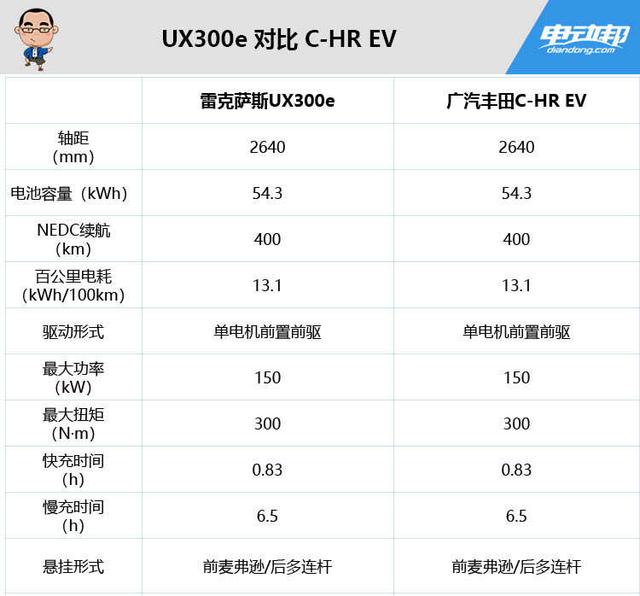
In addition, there are some very important things that are not cashed out in the form. I looked up the body structure diagram of Lexus UX300e and found that the battery fixing method of the new car is exactly the same as that of Guangfeng C-HR EV. They all chose to make the battery PACK a part of the body frame, and through the box girder structure at the bottom, the battery PACK was protected from all kinds of interference from the road.
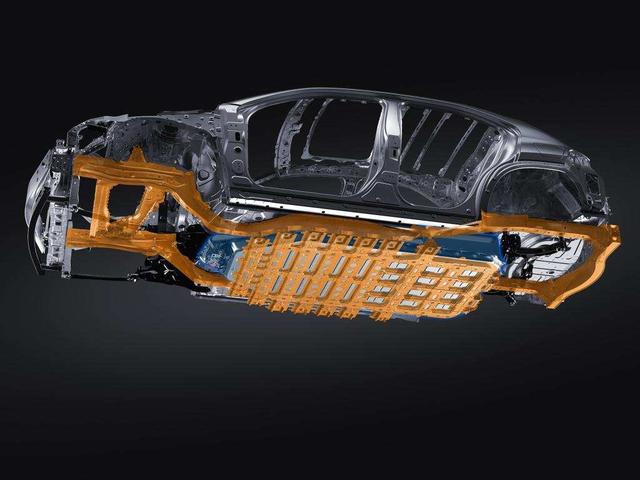
In an exclusive interview with Mr. Watanabe, chief engineer of Lexus Electrification, Mr. Watanabe just said that the Lexus UX300e has greatly improved the rigidity and NVH of the whole vehicle, especially the interior quietness. On the other hand, in a wave of media communication in December, 2019, Guangfeng C-HR EV had such a data that the torsional rigidity of the whole vehicle increased by 20% and the center of gravity decreased by 14%. We know that improving the torsional rigidity of vehicles can greatly improve the NVH of the whole vehicle.
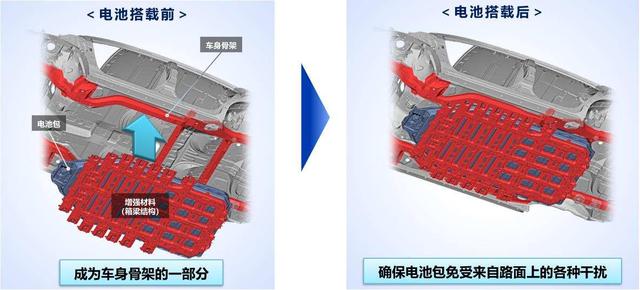
All of the above shows that Lexus UX300e and Guangfeng C-HR EV not only have the same body parameters, but also have surprisingly consistent improvements for their respective prototypes. It is not difficult to guess that this is related to their GA-C platform under Toyota TNGA architecture. For the pure electric vehicles of the platform, the strengthening methods of Toyota’s brands are obviously the same.
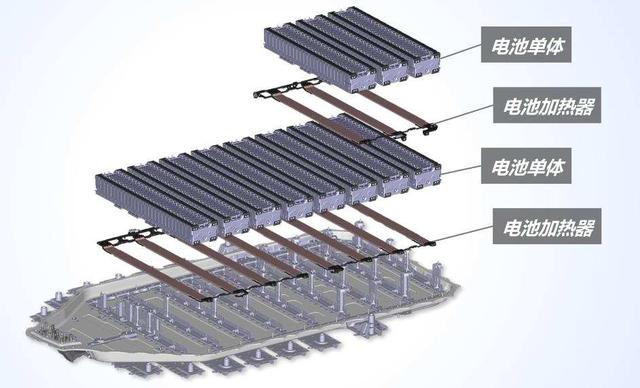
In addition, there is a key place-temperature control system. Although it is not explicitly stated, it can be seen that the battery PACK of UX300e and C-HR EV adopts the same temperature control system. Both vehicles use refrigerant cooling to cool the batteries, and the heating system is realized by the heating device arranged at the bottom of the battery module.
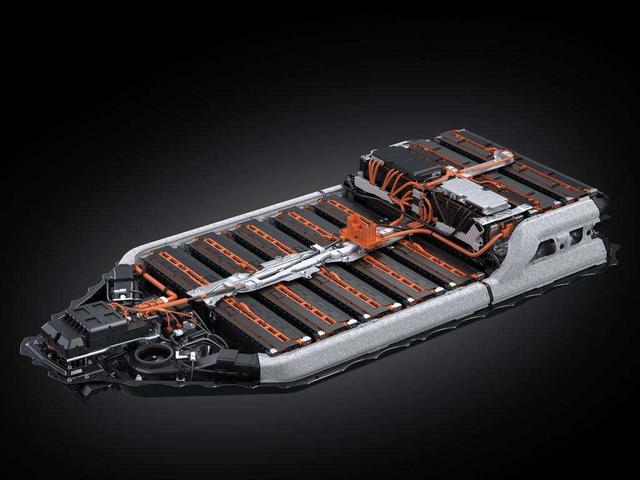
This is not difficult to understand, because they even have the same layout of battery modules. Both cars use Panasonic square batteries, and the whole battery pack consists of 11 modules and 288 batteries. Among them, 8 modules are tiled in the lower layer, and each module consists of 27 cells; There are also three modules in the vertical direction at the tail, and each module consists of 24 batteries. Similarly, the high-voltage wire harnesses of the two cars are also placed in the middle of the battery PACK, and even the battery PACK is surrounded by the same air-cooled pipe to increase the protection of the battery in the event of a side collision.
At this point, do you agree with me-Lexus UX300e and Guangfeng C-HE EV are two identical cars in their bones.
■ When did the homogenization of electric vehicles begin?
In the early years of electric vehicles, the homogenization phenomenon was not obvious, and everyone was fighting for each other and playing with differentiation. Even if the parameters of different models under the same brand are similar, they can be adjusted according to different positioning, such as Arrizo E and Tiggo E of Chery New Energy. This kind of differentiated competition can obviously give consumers more choices, which is a good thing.
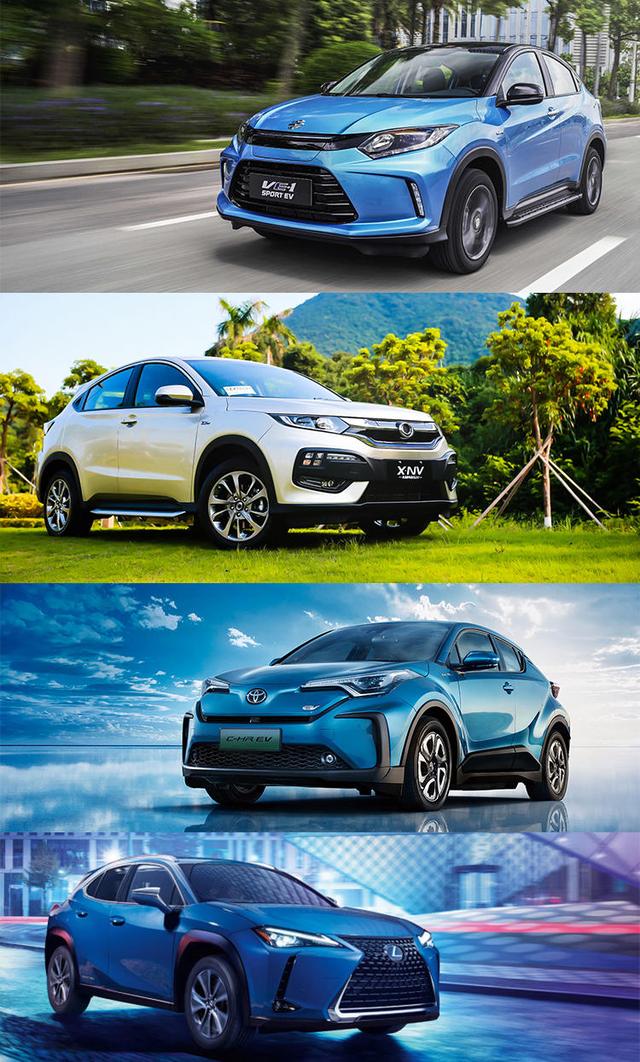
However, it started with LaVida Pure Electric, Bora Pure Electric, e- Golf and Audi Q2L e-tron of Volkswagen Group. Later, Dongben X-NV and Guangben VE-1 were listed one after another; Until last night, Lexus UX300e went on the market, which was exactly the same as the hard data of Guangqi Honda C-HR EV already on the market, but the price was worse by more than 130,000.
Do you think that the homogenization of electric vehicles to this extent is even unprecedented?
The answer is no.
You must have heard the news that Volkswagen decided to open technology and actively embrace cooperation with other manufacturers in order to level the research and development expenses of MEB platform. Today, Ford Europe has decided to form an alliance with Volkswagen and use MEB platform to develop 1-2 new cars. In the United States, Lincoln cooperated with RIVIAN, a new American car-making force, to use the latter’s pure electric platform to produce SUVs. After the release of GM’s BEV pure electric platform, Honda announced its cooperation with GM to jointly build two pure electric vehicles based on the platform; In the future, the new car will be produced in GM’s North American factory and is expected to be officially launched in 2024.

Therefore, if you are still at the level of different brands in the same group, it will be too out. In the future, different car companies will even launch the same model.
As the old saying goes, "history is constant repetition". Isn’t this scene like the crazy cooperation of major car companies in the fuel car era? For example, the combination of Mazda’s classic 2.3L naturally aspirated engine +6AT appears not only on Ford, but also on Volvo.
■ How to treat the homogenization of electric vehicles?
Everything has advantages and disadvantages, the key lies in how you look at it. On the positive side, cheap cars can also enjoy the same technology as more expensive cars. For electric vehicles, this "identity" is obviously more important, such as batteries, battery management systems, motors, and even battery safety and body structure.
This is the most important place where the homogenization of electric vehicles is different from that of fuel vehicles. Because fuel vehicles can also be distinguished by invisible places such as body structure design, body materials and engine technology, which may not work on electric vehicles.
As for the negative side, you don’t have to say much to understand it. You are welcome to speak enthusiastically in the comments section.
■ Is the homogenized electric vehicle a brand or a price/performance ratio?
Let me say my answer first: choose cost performance.
Those who choose "brand" don’t rush to curse the street, I know you will definitely say reasons such as materials, detailed design, adjustment style and so on. Indeed, this is also a trick that car companies have tried and tested on gasoline vehicles in the past, and it has proved to be effective. For example, the driving quality of lexus ES is superior to that of Toyota Camry, and the interior design of Mercedes-Benz GLA is more stylish than that of British finidi QX30.
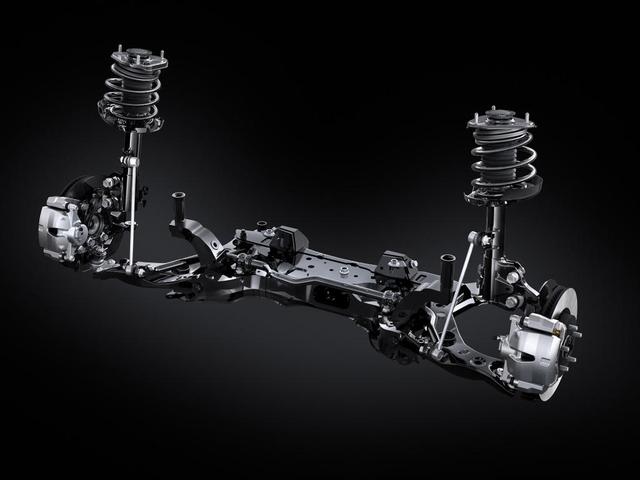
I don’t deny all this, and Lexus UX300e has explained this very well. For example, in order to reflect the difference between it and C-HR EV, parts such as shock absorbers and springs are all made of Lexus-specific parts. I think you also agree with one point, that is, Lexus has a higher standard of parts selection than Toyota brand. Although I haven’t test-driven Lexus UX300e and Toyota C-HR EV, it is reasonable to speculate that there should be a clear gap between them in driving quality.
Otherwise, this is a failed car.
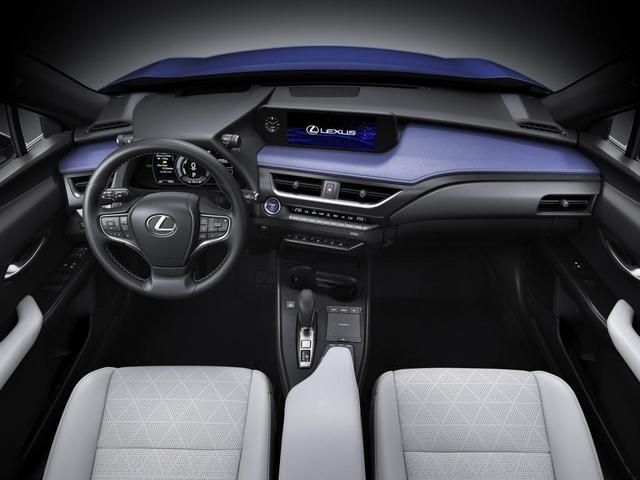
OK, friends who choose "brand", at this time, you still have to consider "cost performance"-are these changes worth hundreds of thousands of extra expenses? See, the problem is back to the level of "cost performance", but this "cost performance" is not the other "cost performance".
It is still a bold guess. I guess the latter cost performance will be the main consideration for car companies in the future. In addition to traditional materials, design, quality control and car owner service, intelligence may also be an important means to create cost performance, similar to the difference between Tesla’s AP and FSD.
■ State Review
Personally, I don’t want to see the homogenization of electric vehicles. After all, for consumers, one more choice will give them more fun to use the car. However, judging from the urgency of car companies to reduce costs, the homogenization of electric vehicles is inevitable. However, if the streets are full of electric cars that drive and sit the same, is this electrification era really what we want?